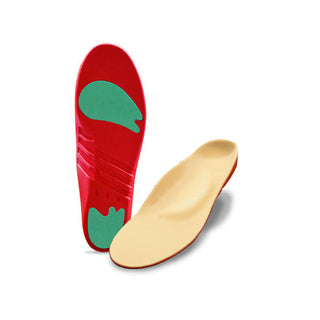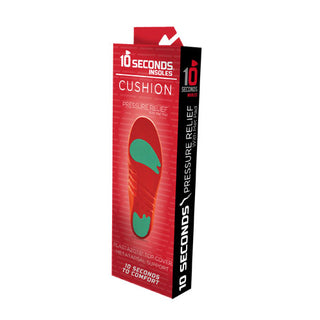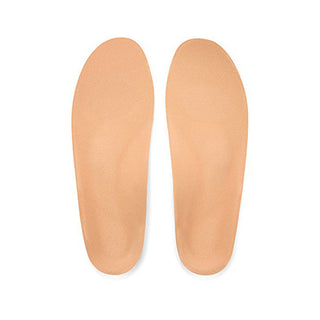Gout
Recommended for Gout
View allWalking Can Be a Painful Task
Gout is a painful inflammation of the joints most commonly isolated to the joint at the base of the big toe. Gout can occur in other areas of the foot/ankle, or even your elbow however it is most common in the joint in your big toe.
This type of arthritis is severely painful and causes great discomfort while walking. Someone with this condition will experience extreme tenderness along the joint line as well as skin warmth and swelling.
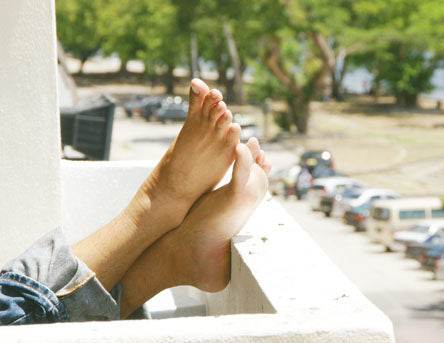
Gout is most commonly isolated to the joint at the base of the big toe.
Browse our full collection of insoles for gout.
What Is Gout?
Gout is a form of arthritis. It is the most common form of inflammatory arthritis in men, however it can affect women as well.
As of 2017 there were estimated to be 41 million cases of gout in the world. Gout can affect various joints of the foot and other joints in the body such as the ankle or knee.
Acute gout is most commonly located in the MTP joint of the big toe, which is the large joint at the base of the big toe. The pain in the joint is most often sudden and severe and will cause limping.
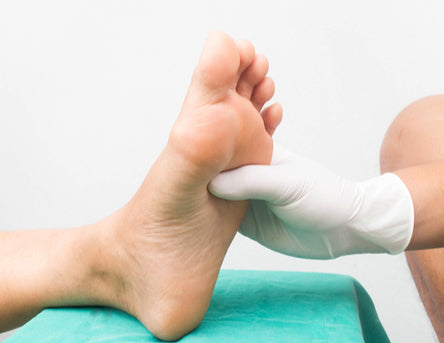
Gout is a common form of arthritis that can affect anyone.
What Causes Gout?
One of the known causes of gout is a metabolic disease which deposits uric acid into the joints. This causes an overproduction of uric acid which cannot be filtered out by your kidneys, creating urate crystals which build up in your joints causing inflammation and intense pain.
Diet is another major factor in causing gout. Your body naturally produces uric acid, however some foods such as red meat, anchovies, sardines, mussels, scallops, trout, tuna, and alcoholic beverages, especially beer, and drinks sweetened with fruit sugar promote higher levels of uric acid.
Normally uric acid is dissolved in your blood and filtered out by your kidneys, however gout can occur when the kidneys lack the ability to eliminate enough uric acid, which allows uric acid to build up into sharp needle-like crystals in your joints.
Another noted cause is the use of a thiazide diuretic for the treatment of hypertension.
What Are The Symptoms Of Gout?
Gout symptoms almost always occur suddenly, and they often happen at night. Here are the things to watch out for:
- Intense joint pain. Gout usually affects the big toe, however it can occur in any joint such as your ankles, knees, elbows, wrists and fingers. The pain is likely to be most severe within the first 4-12 hours.
- Discomfort. After the most severe pain subsides, some joint discomfort may last from a few days to a few weeks. Later attacks are likely to last longer and affect more joints.
- Inflammation and redness. The affected joint or joints become swollen, tender, warm and red.
- Limited range of motion. As gout progresses, you may not be able to move your joints normally.
Gout Risk Factors
There are a number of risk factors that can either increase the likelihood of you getting gout, or its acuteness.
- Age and gender: Gout primarily affects men because women typically have lower uric acid levels, however women can develop it on occasion (usually after menopause). Men are likely to develop gout earlier in life, typically between ages 30-50.
- Diet: Diet is a major contributor to gout. Eating a diet rich in red meat, shellfish, and beer/alcoholic beverages sweetened with fructose can increase levels of uric acid in your blood and cause gout.
- Genetics: If members of your family have gout you are at higher risk to get gout as well.
- Medications: Low-dose aspirin and some medications used to control hypertension — including thiazide diuretics, angiotensin-converting enzyme (ACE) inhibitors and beta blockers — also can increase uric acid levels.
- Weight: If you are overweight your body will produce more uric acid and have a harder time filtering it out.
What Foods Cause Gout?
Diet is not the only cause of gout, however it can be a major contributor along with other risk factors. For men between 30-50 and women over the age of menopause here are some foods to limit to ensure you are within healthy levels of uric acid production and can avoid gout:
- Vitamin C supplements
- Coffee
- Cherries
- Fresh fruits and vegetables
- Meat in moderation
- Potatoes, rice, bread, and pasta
- Drink lots of fluids. Ideally you are drinking 8-16 cups a day and half of what you drink should be water (ie do not drink exclusively coffee, juice, soda, etc).
As always, consult your doctor before undergoing any diet changes. Especially to treat a condition such as gout.
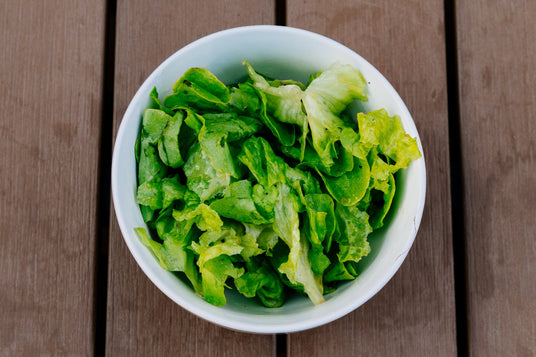
A balanced diet can help reduce risk of gout.
What Foods Can Help Prevent Or Treat Gout?
On the flip side there are several foods that have some evidence for lowering the risk of gout attacks, these include:
What Can I Do To Treat Gout?
- It is important to wear shoes that fit properly. Do not wear shoes that put pressure on or squeeze the affected area. Look for a shoe with a wide toe box and a rocker bottom sole to help relieve pressure on the metatarsal heads and joints.
- Adding a metatarsal pad and some shock absorption beneath the foot can also help provide some relief.
- Anti-inflammatory medications are commonly prescribed at the beginning of onset and icing the joint can help to take the swelling down.
- Your doctor may also prescribe a medication which will help to decrease the production of uric acid or help with uric acid elimination.
- Those who are susceptible to gout may want to consider a \"gout diet,\" which primarily focuses on avoiding foods that will increase the production of uric acid.



